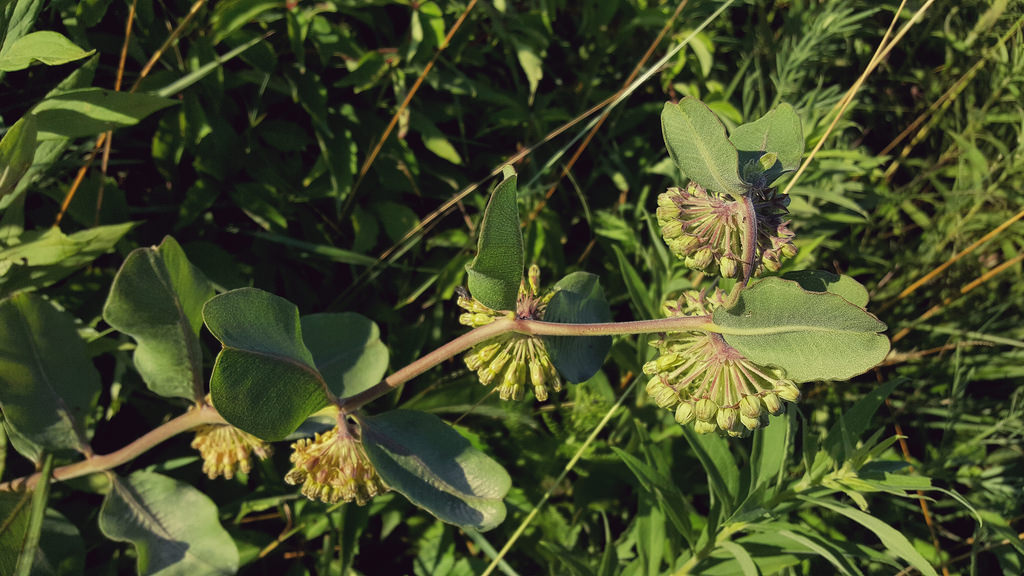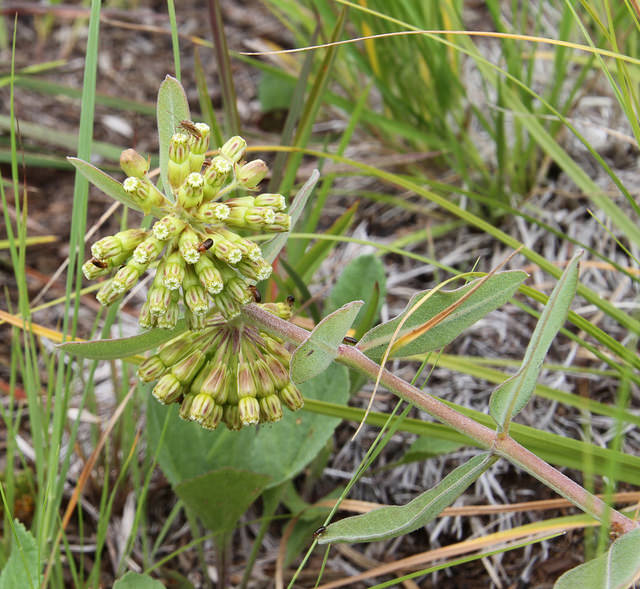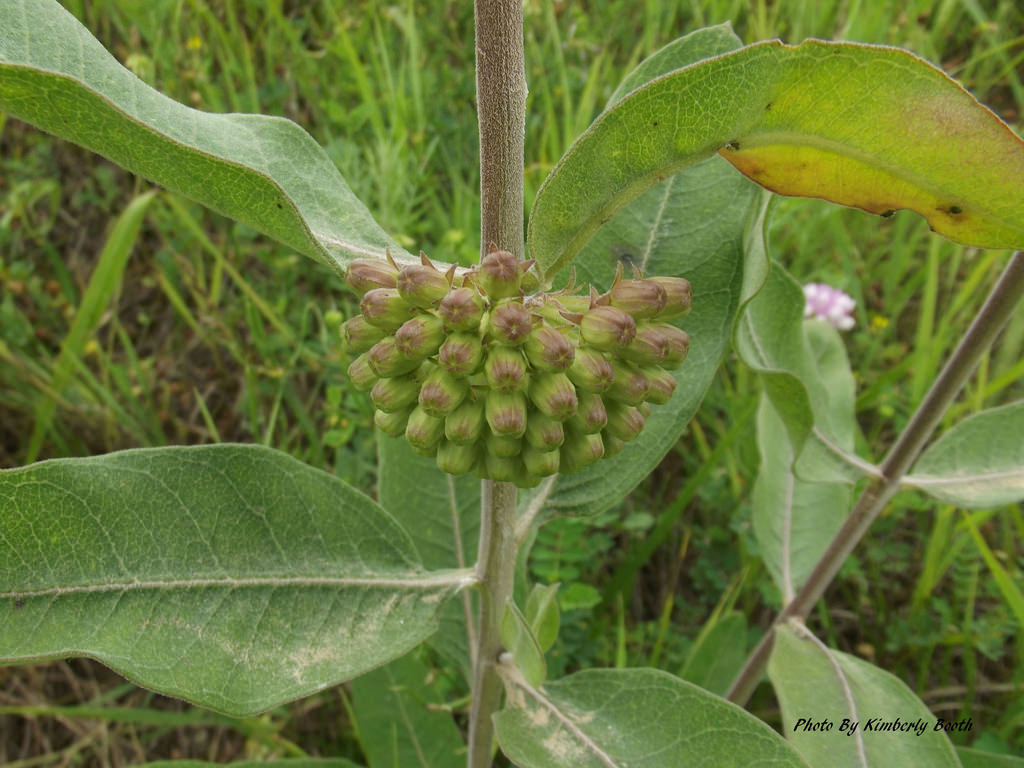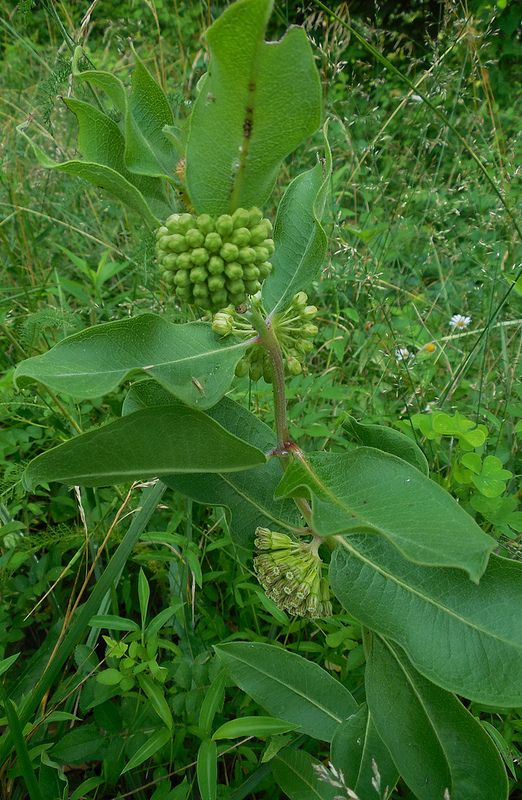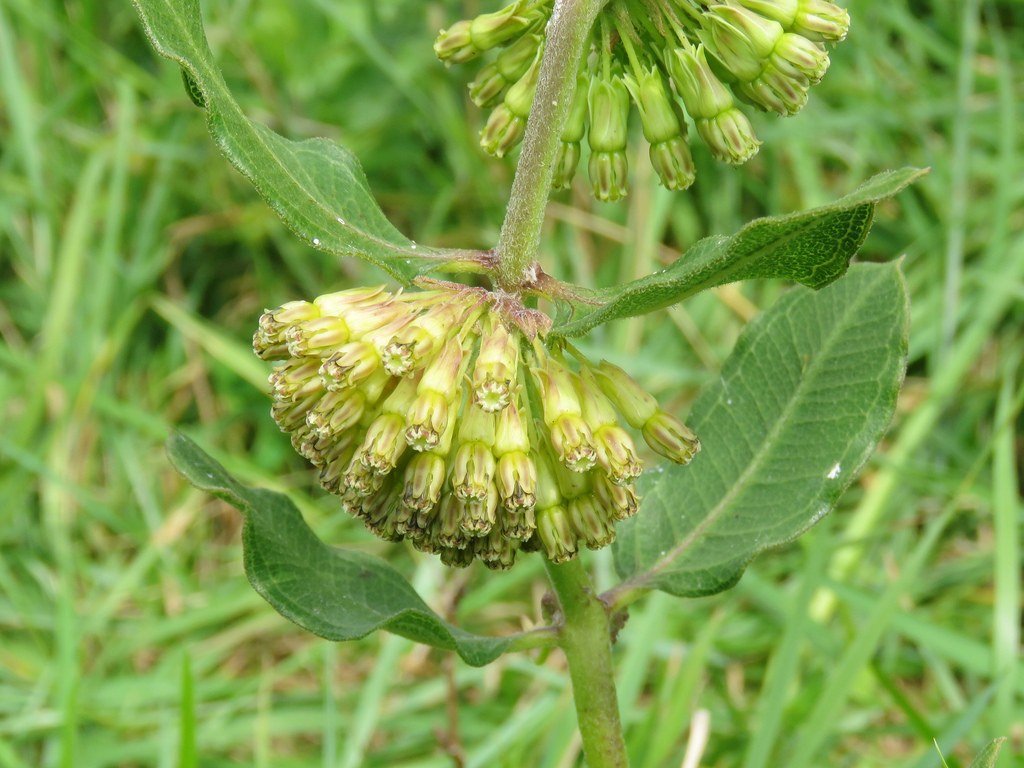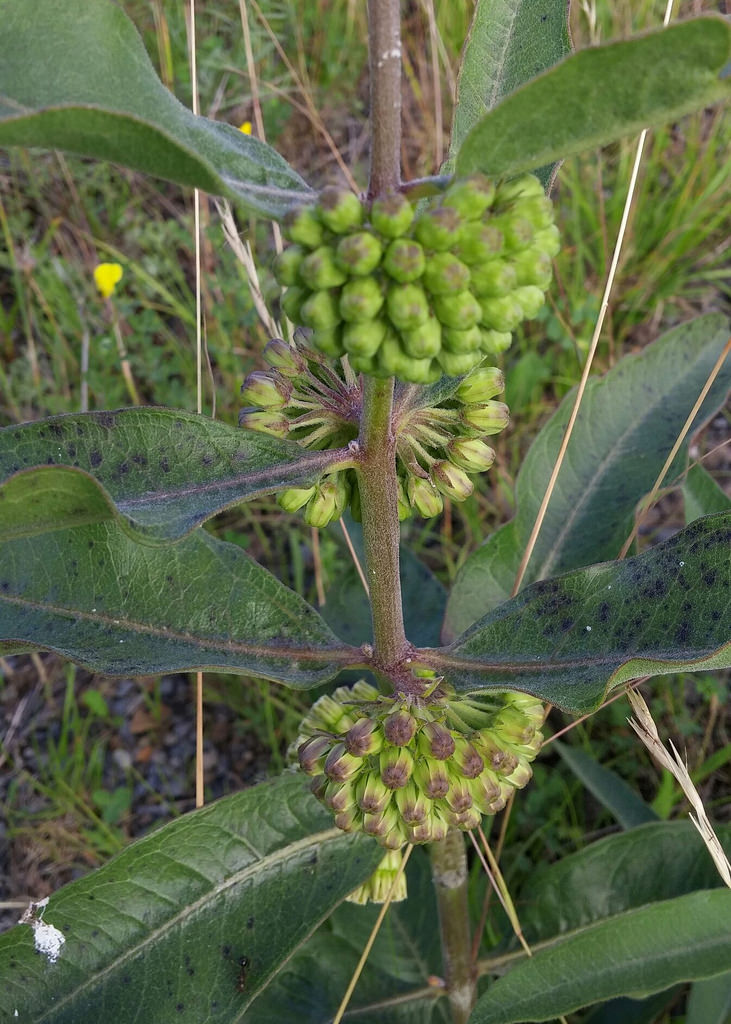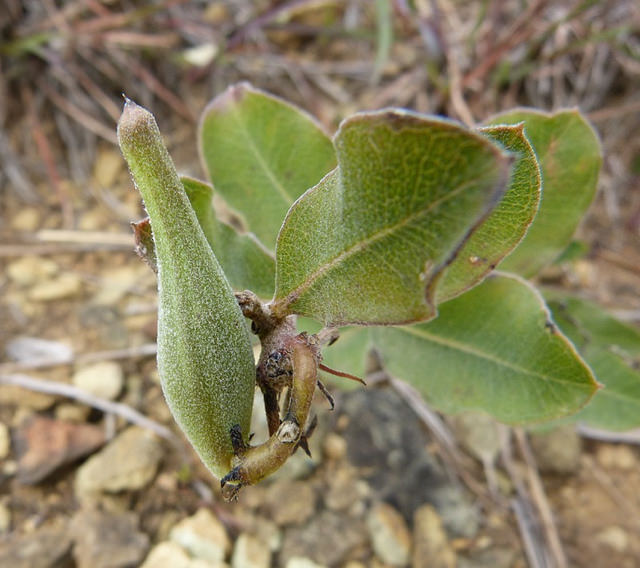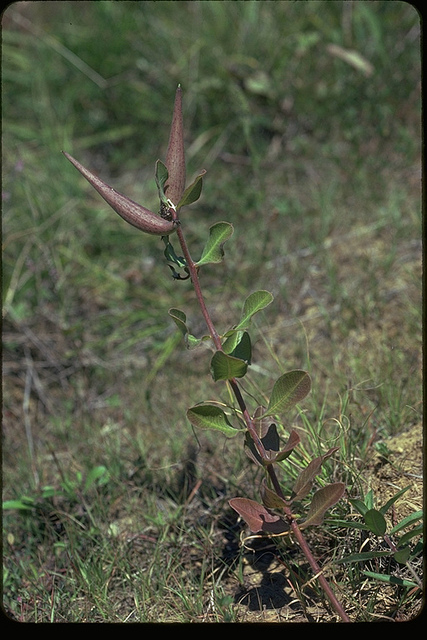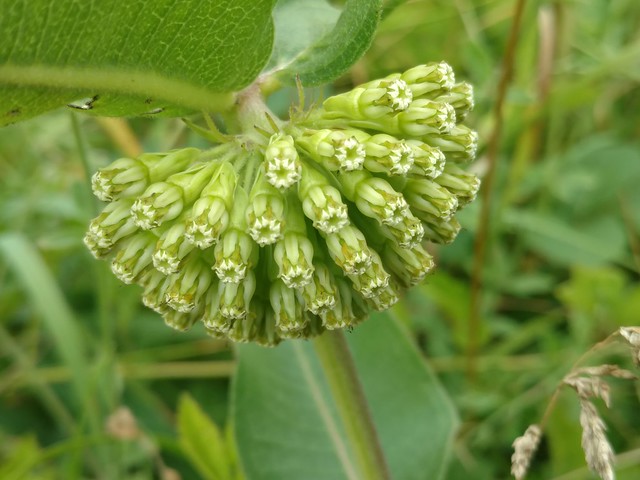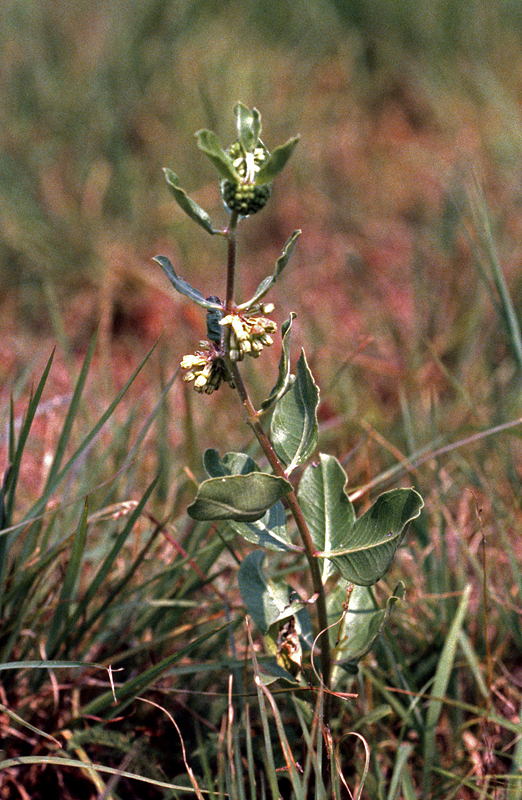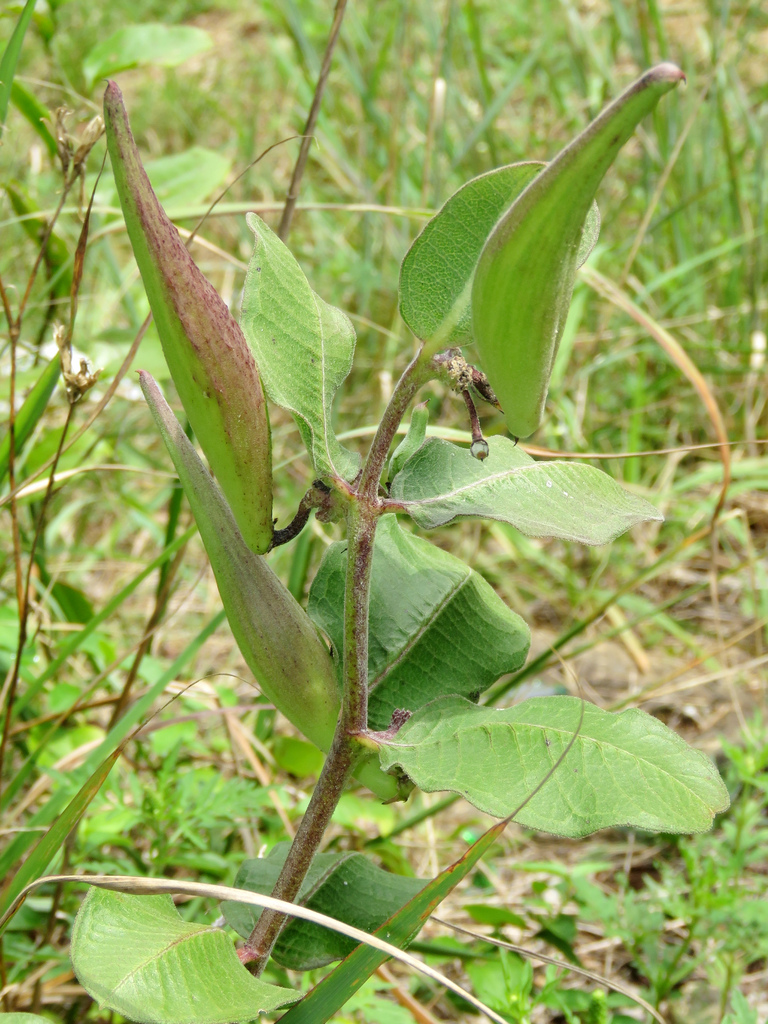Map Snapshot

















166 Records
Status
Green Milkweed is an uncommon native milkweed that is found in open dry habitats throughout most of Maryland. Green Milkweed appears to be absent from the lower Eastern Shore and from the Allegheny Plateau of Garrett County.
Blooming dates in the Maryland Biodiversity Project database range from 6/8 through 8/14.
Description
Green Milkweed is unmistakable and looks like no other Maryland milkweed species. The plant often has a drooping appearance and can even be found growing prostrate on the ground. The flowers of Green Milkweed are light yellowish green and and often point down towards the ground.
Where To Find
Soldier's Delight NEA is the best place in the state to view Green Milkweed.
Relationships
Monarch caterpillars occasionally use Green Milkweed as a host plant.
Seasonality Snapshot
Source: Wikipedia
| Green milkweed | |
|---|---|

| |
| Scientific classification | |
| Kingdom: | Plantae |
| Clade: | Tracheophytes |
| Clade: | Angiosperms |
| Clade: | Eudicots |
| Clade: | Asterids |
| Order: | Gentianales |
| Family: | Apocynaceae |
| Genus: | Asclepias |
| Species: | A. viridiflora
|
| Binomial name | |
| Asclepias viridiflora | |
| Synonyms[2] | |
| |
Asclepias viridiflora, is commonly known as green comet milkweed, green-flower milkweed, and green milkweed. It is a widely distributed species of milkweed (Asclepias), known from much of the eastern and central United States from Connecticut to Georgia to Arizona to Montana, as well as southern Canada and northern Mexico.[1] The Latin specific epithet viridiflora means green-flowered.[3]
Asclepias viridiflora is an erect to ascending herb up to 50 cm tall, with distinctive greenish-white flowers. The pods lack the warts and tubercules common on other species of Asclepias.[4][5][6] It grows in moist to dry shaded roadsides, fields, and prairies.[7]
Conservation status
[edit]It is listed as endangered in Florida, as threatened in New York (state), and as endangered in Connecticut.[8][9]
Native American ethnobotany
[edit]The Blackfoot apply a poultice of chewed roots to swellings, rashes, sore gums of nursing infants,[10] and sore eyes.[11] They also chew the root for sore throats,[12] use the plant to spice soups, and use the fresh roots for food.[13] The Brulé Lakota give pulverized roots to children with diarrhea, and an infusion of the whole plant is taken by mothers to increase their milk.[14]
References
[edit]- ^ a b NatureServe (4 August 2023). "Asclepias viridiflora". NatureServe Network Biodiversity Location Data accessed through NatureServe Explorer. Arlington, Virginia: NatureServe. Retrieved 15 August 2023.
- ^ "Asclepias viridiflora". World Checklist of Selected Plant Families. Royal Botanic Gardens, Kew – via The Plant List. Note that this website has been superseded by World Flora Online
- ^ "Lady Bird Johnson Wildflower Center - The University of Texas at Austin". www.wildflower.org.
- ^ Sundell, E. 1993. Asclepiadaceae, Milkweed Family. Journal of the Arizona-Nevada Academy of Science 27:169-187.
- ^ "Asclepias viridiflora". Native Plant Database. Lady Bird Johnson Wildflower Center, University of Texas at Austin.
- ^ Rafinesque. C.S. Medical Repository, ser. 2, 5: 360. 1808.
- ^ "Green Comet Milkweed". www.fs.fed.us. Retrieved 2022-02-16.
- ^ "Connecticut's Endangered, Threatened and Special Concern Species 2015". State of Connecticut Department of Energy and Environmental Protection Bureau of Natural Resources. Retrieved 31 December 2017.(Note: This list is newer than the one used by plants.usda.gov and is more up-to-date.)
- ^ NRCS. "Asclepias viridiflora". PLANTS Database. United States Department of Agriculture (USDA). Retrieved 16 December 2017.
- ^ Hellson, John C., 1974, Ethnobotany of the Blackfoot Indians, Ottawa. National Museums of Canada. Mercury Series, page 75
- ^ Hellson, John C., 1974, Ethnobotany of the Blackfoot Indians, Ottawa. National Museums of Canada. Mercury Series, page 80
- ^ Hellson, John C., 1974, Ethnobotany of the Blackfoot Indians, Ottawa. National Museums of Canada. Mercury Series, page 71
- ^ Hellson, John C., 1974, Ethnobotany of the Blackfoot Indians, Ottawa. National Museums of Canada. Mercury Series, page 101
- ^ Rogers, Dilwyn J, 1980, Lakota Names and Traditional Uses of Native Plants by Sicangu (Brule) People in the Rosebud Area, South Dakota, St. Francis, SD. Rosebud Educational Society, page 34


